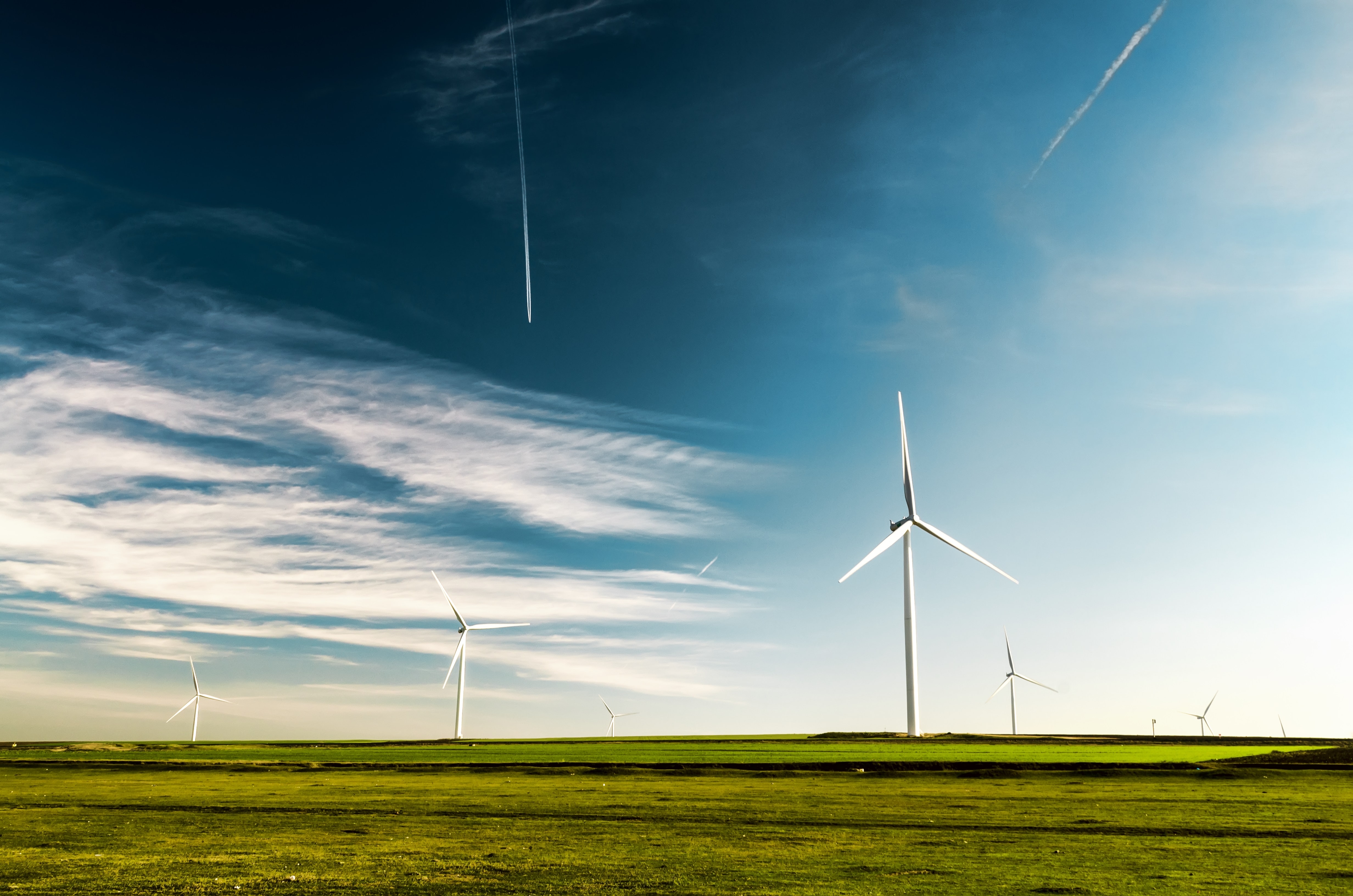CommonWealth Magazine | A Tale of Two Taiwans - perspectives from an offshore wind engineer
By Kim Asher
There is a term often used in the offshore sector, “lessons learned”, at the end of every operation or every project it is best practise to sit together and discuss what could be improved, what was effective and where any residual risks remained in the tasks. This information is then aggregated and fed back to the companies and should be applied subsequently.
The goal of this task is to make things safer and more efficient. It is based on the same principles as the scientific method. We do things, we see what happens, we record it and learn from it. It is a good foundation.
To date I have been involved in most aspects, from design to installation and remedial works on over $200 billion (USD) of energy infrastructure projects around the world, and I carry in my head a very long list of lessons learned: most of it now so deeply engrained that it is second nature. I have seen local content issues, ineffective labour laws and union actions destroy industry momentum in many places, such as Australia and Brazil to the detriment of all parties. I have seen tens of millions of dollars lost to logistics issues. I have worked in most of the oceans and seas of the world and am very familiar with time lost on projects due to ocean swell (wave heights and periods), wind and tidal currents, not to mention visibility.

Source:Unsplash
I could simply write an article on the broad range of considerations that cause problems for projects, environmental and geophysical factors, unexploded ordnance, regulatory frameworks, inexperienced crews and under resourced projects, an endemic of false economics, micro-management and excessive churn in the skill base.
Taiwan has it all.
Anachronistic and ineffective marine regulations, onerous and redundant policies and processes, poorly framed local content requirements, strong ocean currents, complex and challenging climatic conditions, exhausting import restrictions, inhumane crew change mechanics and most of the developers are framing such poor contracts that the end products will be barely up to specifications and are not likely to meet the projected energy outputs for their full lifespans.
There are so many ways Taiwan is more complex to work in than any other country I have ever been to. In Nigeria, if I had someone who need to get home from a ship that was 300km off the coast because their partner was ill or a relative died, I could get them to almost any point on the planet within 48 hours. I know that, because I had to do it several times. Same was true in Congo, Angola and most of sub-Saharan Africa.
Most of the time in Europe, I could get someone off a ship and home within 12 hours.
If you remove COVID-19 from the situation, in Taiwan, it can still take 9 days to get a crew manifest approved. It would take at least 2 weeks to get someone home. I know that, because I have seen it happen several times over the last year. This is not even related to quarantine or PCR testing requirements, it is simply about the paperwork for a crew change.
In Taiwan, every port has different requirements for entry. There is no simple, modern, national regulatory framework for getting a ship in and out of a port.
You cannot imagine the complexity in even getting food out to a ship. These large energy projects require expensive large construction vessels with hundreds of people on them, mainly specialists with extensive experience and training and assembled from dozens of countries around the world. These ships are very expensive to run, even when they are not actively involved in production.
In Taiwan, the restrictions to load a container with food and send it out to a ship, to keep the crew well fed and prevent the ship from coming into port, is beyond anything I have seen anywhere else. Every container, quite rightly, has a manifest, a list of everything in it, where it came from and where it is going.
My understanding is that in Taiwan, there is no option to state that the destination is to a vessel offshore. It can only be from port to port in almost every permutation of paperwork possible in the country.
This means that on several occasions, the construction vessel (not the most fast moving entity in the world) has to pack up its operations, seafasten everything on deck, transit to a port, wait for a pilot, moor at a quayside, load on all it needs and then head back out. It may be able to endure for three or four weeks with its supplies, and then lose a week from this process of coming in to load up again. A 25% loss in productivity right there, and a lot of additional costs. Let’s be generous and call it a 20% loss.

